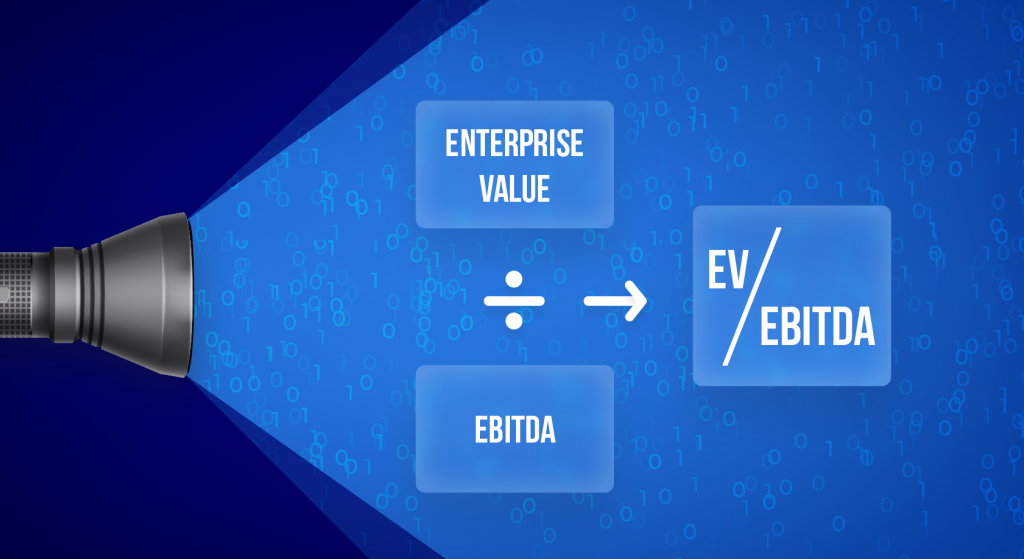
Charting Business Value Through Data Driven Decisions
Organizations harnessing data are 3X more likely to experience improved decision-making effectiveness. As a result, they can acquire more customers, retain them, and be more profitable.
Though many organizations understand the potential that data holds and invest heavily to become data-driven, only some can realize the value of their analytics investments and seize a competitive advantage. Why? Because merely knowing the importance of data-led initiatives and harnessing data effectively in practice are two different things.
The question is, how can you drive business value through data analytics?
Using Data to Optimize the EV to EBITDA Ratio
To ensure outcomes that generate sizable returns on investment (ROI), enterprises must understand the concept of value creation and what it means for them. For most businesses, Enterprise Value (EV) to EBITDA Multiple is a vital valuation metric to evaluate performance and ROI. The core drivers that directly influence this metric are revenue, expenses, overheads, working capital, and cash flow.
Insights from data analysis can help identify bottlenecks and limitations in the existing processes and, in turn, indicate new value creation opportunities.
Consider a company experiencing inventory management issues. Some products may be available in surplus while others are out of stock. It could be due to internal (overestimating customer demand, fear of getting out of stock, etc.) or external reasons (sudden change in demand, supply chain disruptions, etc.). Either way, it results in unnecessary overheads and foregone revenues.
Only through determining the underlying reason can a business solve this problem. A detailed analysis using quality data helps managers identify the root cause of the problem and take the right action. Subsequently, it will translate into better financial performance, leading to an improved EV to EBITDA ratio.
Enabling data-driven initiatives
Insights should be available to strategic spearheads when they need them. And while having trained professionals on board is crucial, having processes to transform raw data into insights is equally important.
Of course, charting business value isn’t a simple task. But a systematic approach toward data-driven decision-making can help enterprises identify opportunities and capitalize on them to derive business value.
Ensure Access to the Right, Analysis-Ready Data
Many organizations think they lack data for analytics, but in most cases, they have ample data to derive meaningful insights; however, it’s poorly managed and underutilized. Siloed, unstructured data, when extracted, transformed, and loaded into a consolidated repository, can provide immense value.
To analyze data successfully, analysts need access to the right data. A well-maintained data warehouse serves as a data nucleus to support business intelligence (BI) initiatives. It helps decision-makers gain actionable insights to build value for customers and stakeholders.
Building a Central Hub of Intelligence
A consolidated data repository allows enterprises to facilitate collaboration on data-driven projects and have greater confidence in their strategic business planning. Instead of creating multi-year roadmaps to solve problems, they can analyze data and create innovative solutions to resolve challenges in days or weeks.
Do you want to implement agile best practices in data warehouse development? Check out this whitepaper to learn how to design a scalable and robust data warehouse architecture that can drive accurate, timely decision-making at every level of your enterprise.
 NEW RELEASE ALERT
NEW RELEASE ALERT
 March 27th, 2025
March 27th, 2025 




